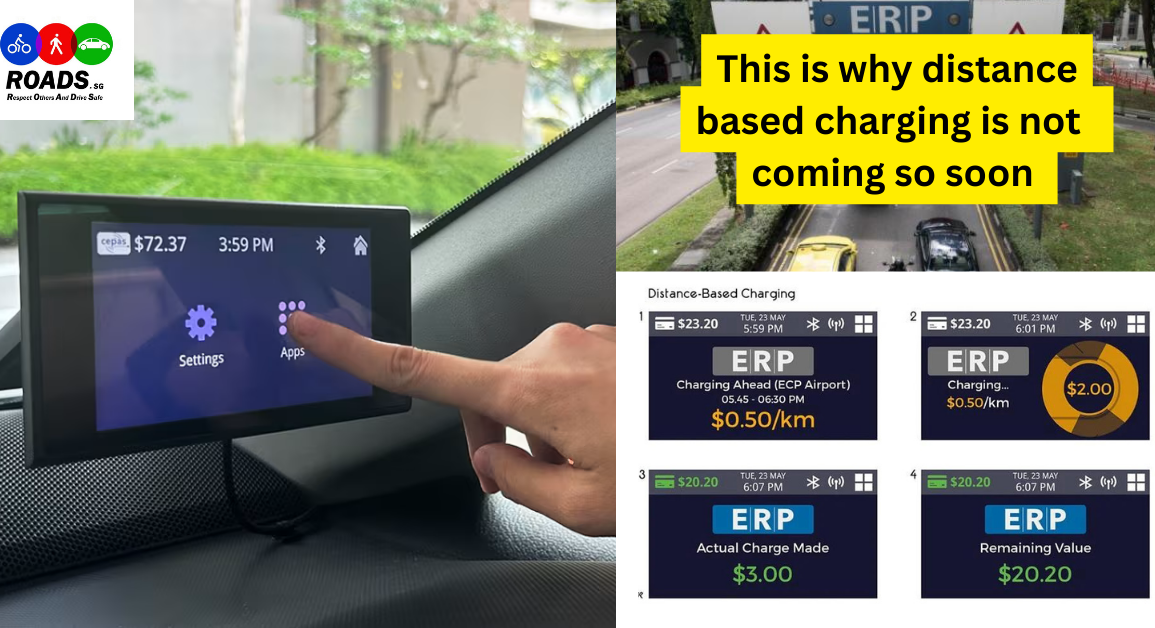The announcement of the next-generation Electronic Road Pricing (ERP) system, or ERP 2.0, by the Land Transport Authority (LTA) has garnered significant attention.
As motor vehicles in Singapore will soon be equipped with a mandatory on-board unit for ERP 2.0, speculations about the potential introduction of distance-based charging have surged.
But will this new charging model be implemented anytime soon? Let’s delve into some expert opinions and address the concerns of Singapore’s motoring community.
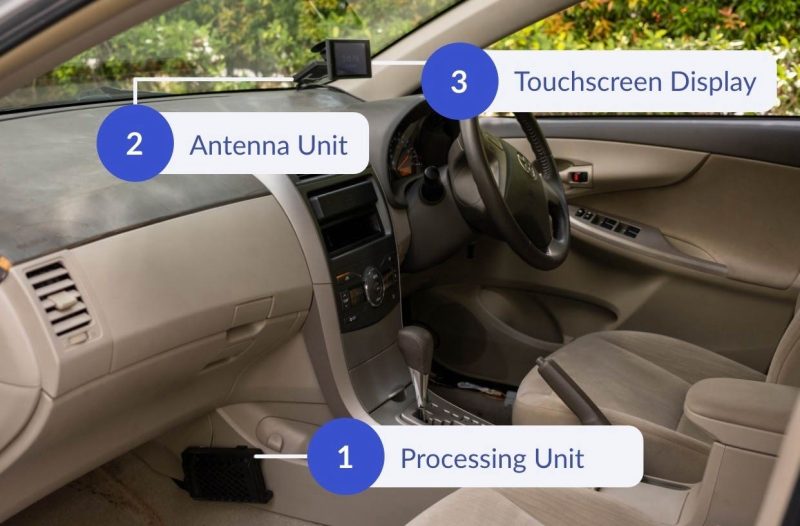 Hardware for ERP2.0 (in a car) / LTA Website
Hardware for ERP2.0 (in a car) / LTA Website
The Complexity of Distance-Based Charging
ERP has been part and parcel of Singapore’s traffic management for the last 25 years. It’s a familiar system that sees motorists pay a fee when passing specific points.
The idea of distance-based charging, however, is a departure from this familiar model. It suggests charging motorists based on the actual distance they travel on the roads.
While on the surface, this seems a fairer system — you pay for what you use — it brings with it a raft of policy implications.
One of the concerns voiced by experts is its potential impact on industries like transportation services and logistics providers, which rely heavily on road use and clock-high mileage.
As Associate Professor Raymond Ong from the National University of Singapore pointed out in an interview with TODAY, there could be significant consequences for industries, which need to be carefully studied.
Furthermore, introducing such a scheme would mean re-evaluating vehicle taxes and petrol duties to align with this new charging methodology.
Current road taxes are structured around a vehicle’s engine capacity and age, not mileage. Transitioning to a system that factors in mileage could, as Associate Professor Walter Theseira from the Singapore University of Social Sciences noted, be politically challenging.
Without concessions and offsets in taxes, the public might perceive this as an increased tax burden.
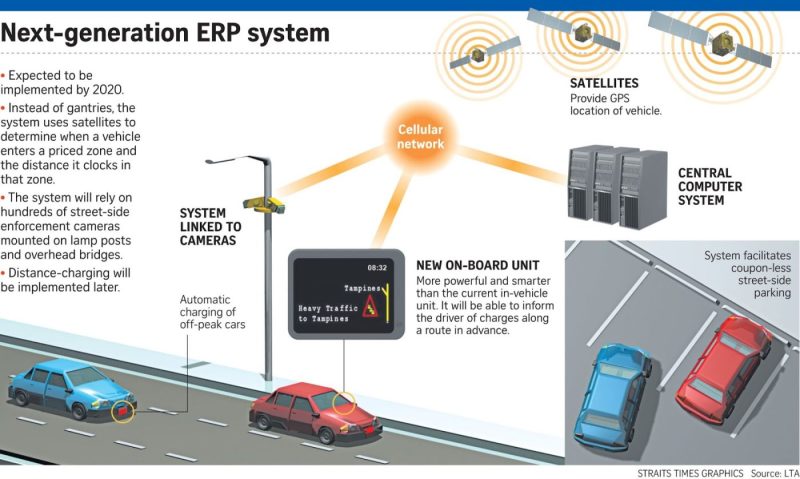 Image from Straits Times
Image from Straits Times
Technical Challenges Ahead
Beyond the policy implications, the reliability and accuracy of satellite-based tracking in Singapore’s urban environment are significant considerations.
The city-state’s dense building structure, especially in the Central Business District, coupled with its myriad road tunnels, can potentially pose challenges to satellite-based tracking too.
There is a need for rigorous testing to ensure that ERP 2.0 can accurately charge based on distance travelled.
As Dr Ong also mentioned in the interview done by TODAY, testing on fleet vehicles before rolling out to private cars will help understand the real-world implications and potential issues with accuracy.
If the system cannot differentiate between a motorist turning right into a chargeable area and one going straight, it could lead to inaccurate charges.
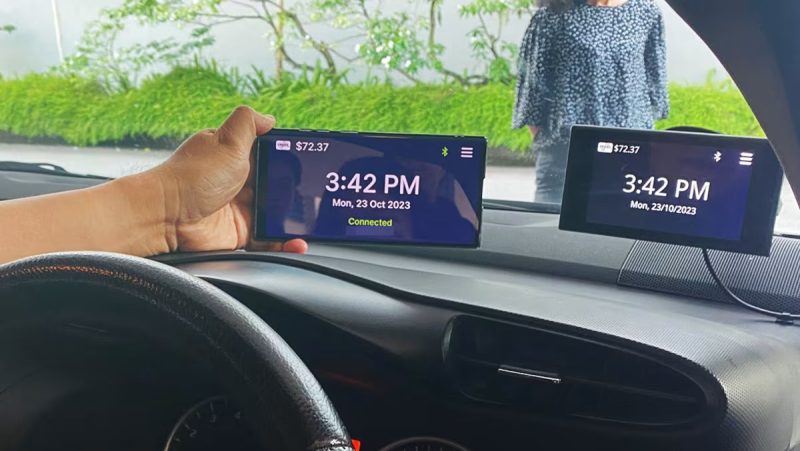 Hardware for ERP2.0 (in a car) / LTA Website
Hardware for ERP2.0 (in a car) / LTA Website
A Gradual Transition
The introduction of ERP 2.0 and the potential for distance-based charging does not mean that it is imminent.
As Gopinath Menon, a transport engineering consultant and former chief transportation engineer at LTA, pointed out, there is wisdom in taking the time to ensure that new systems are reliable and that people can adapt to the technology.
Considering that the current ERP system has served Singapore well for over two decades, a slow and steady approach to any new system seems plausible.
In fact, while the technology for distance-based charging exists within ERP 2.0, the LTA has stated that there are “no immediate plans to introduce distance-based charging”.
This statement provides some reassurance to motorists concerned about immediate changes to their road usage costs.
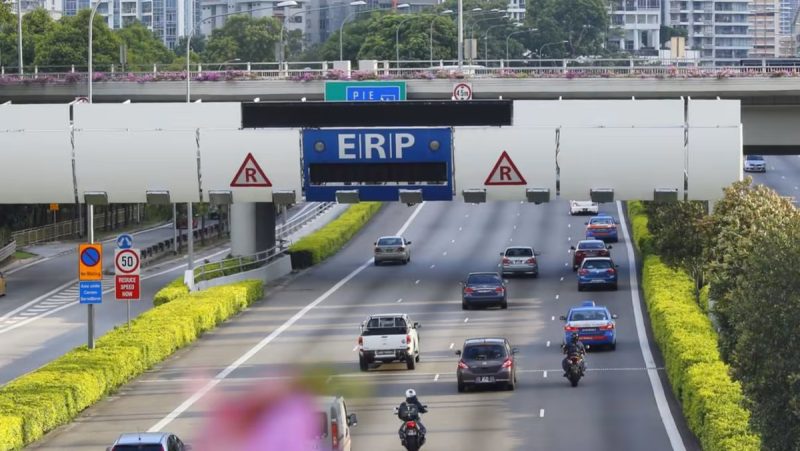 ERP in Singapore / TODAY File Photo
ERP in Singapore / TODAY File Photo
In Conclusion
While the future of road pricing in Singapore may see shifts and changes, any transformation will likely be methodical, well-studied, and gradually implemented.
It is essential for motorists to remain informed but also to understand that speculative fears of immediate, drastic changes might not align with the realities of policymaking and technical implementation in Singapore’s ever-evolving transport landscape.
Want To Learn More About ERP 2.0?
If you would like to know more about ERP 2.0, you can check out two of our previous articles covering on the topic of ERP2.0
SINGAPORE LAUNCHES ERP 2.0, COMES WITH TOUCHSCREEN DISPLAY
WHAT IS ERP 2.0 AND IS SINGAPORE READY FOR IT?
Have a story to share ?
Accidents occur frequently, but as responsible road users, we can collectively contribute to reducing their frequency.
If you or someone you know has a video or story to share, please do not hesitate to email us at writer@roads.sg
Together, we can all contribute to creating safer roads for everyone.
================
Get comprehensive cover at a lower price today! Receive up to S$400 worth of petrol vouchers with AIG. T&Cs apply. Protected up to specified limits by SDIC.
Get a quote now! www.aig.sg/roads






